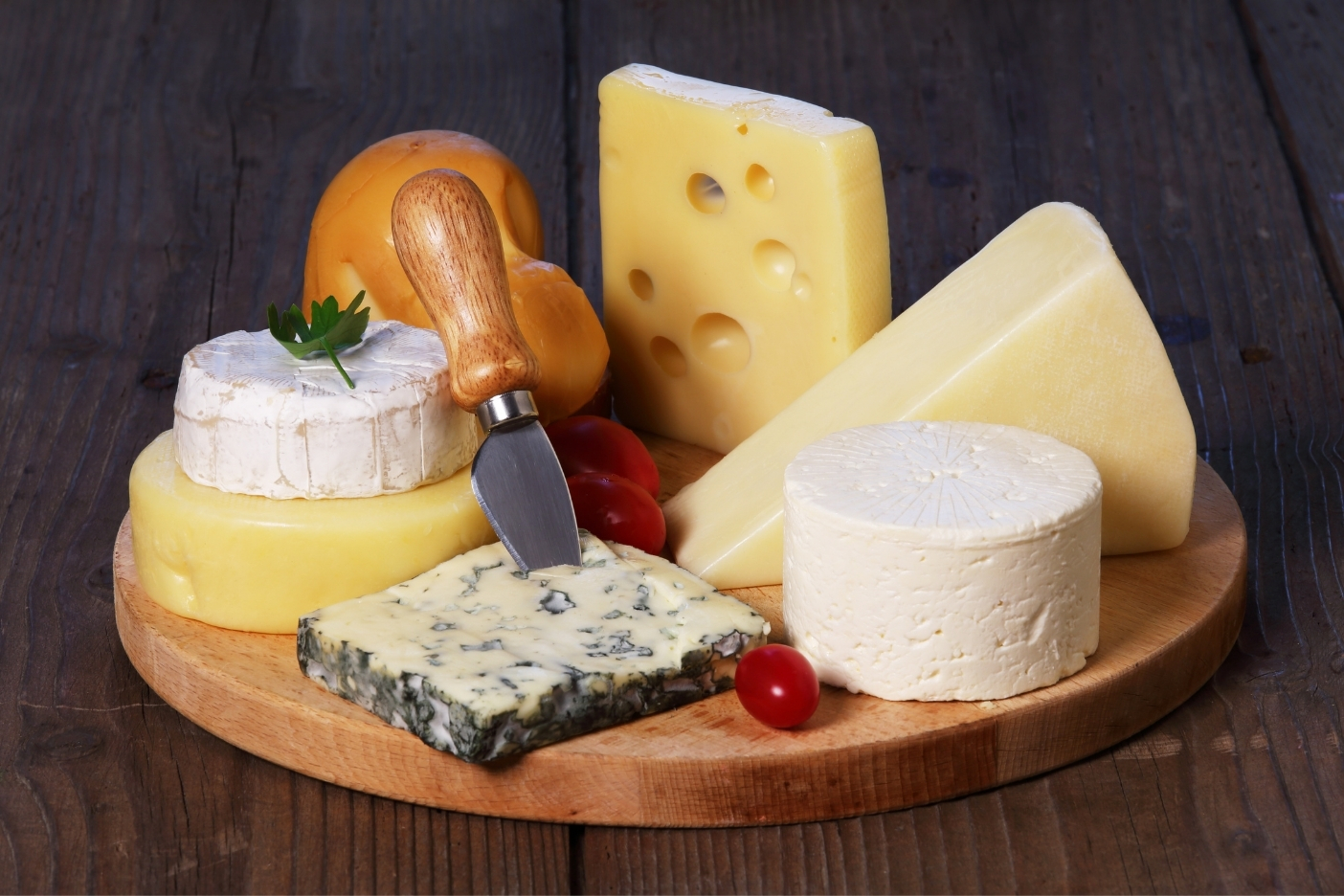

A recently released study published in The Journal of Nutrition reported that consumption of dairy products before a meal decreased appetite, but yogurt and cheese were more effective than fluid milk.
Many factors determine how hungry we are and how much we eat, including our general dietary patterns and what we consumed at the previous meal. Indeed, research shows that, compared to a high-carbohydrate or high-protein counterparts, a high-protein “premeal” can decrease how much food is consumed at the next meal.
Dairy foods have also been shown to alter appetite, which might be particularly important because there is growing evidence that greater dairy consumption (even when it is of the high-fat variety) is related to lower risks for obesity and type 2 diabetes. However, little is known about whether the type of dairy product influences appetite, whether the effect is the same in men and women, and whether it changes as we age. To help answer these questions, Dr. G. Harvey Anderson (University of Toronto) and colleagues conducted a controlled dietary intervention study. Their results showing a complex interaction among dairy type, sex, and age, are briefly described here.
To test their hypothesis, the researchers enrolled 31 healthy young adults 20 to 30 years old and 39 healthy and overweight older adults 60 to 70 years old. Each study participant reported to the research laboratory 5 times, during which time they consumed either water or 2 servings of a dairy product (skim milk, whole-fat milk, Greek yogurt, or cheddar cheese). Two hours later, they were given access to an unlimited pizza meal. The study participants also completed surveys designed to document appetite and provided repeated blood samples that were analyzed for a variety of substances, including glucose and a battery of hormones.
Compared with when they consumed water, all forms of dairy decreased appetite, the amount of pizza consumed, and the rise in blood sugar that occurred after consuming the pizza. However, changes in hormones that may trigger hunger and satiety (e.g., insulin) depended on the subjects’ age and sex. For example, older adults had higher circulating blood sugar. Appetite suppression was greatest after yogurt consumption, but the effect was less in older adults than in young adults and males than in females. Compared to after water consumption, pizza intake was reduced by 175 kcal after yogurt and cheese consumption and by 82 kcal after consumption of both types of milk.
In a companion editorial, Dr. Connie Weaver (Purdue University) extends a “bravo” to this research team for beginning to tease apart how the complex matrix that makes up dairy foods may impact important physiologic outcomes. Indeed, decades of research suggest that the benefits of dairy foods are more than the sum of their parts. Understanding these matrix effects of whole foods represents an important frontier in nutrition research and promises to shed important light on optimal nutrition across the lifespan.
more recommended stories
 Circadian Control of Neutrophils in Myocardial Infarction
Circadian Control of Neutrophils in Myocardial InfarctionKey Takeaways for HCPs Neutrophil activity.
 E-Cigarette Use and Heart Attack Risk in Former Smokers
E-Cigarette Use and Heart Attack Risk in Former SmokersKey Takeaways for Clinicians and Nurses.
 36-Week Pre-eclampsia Screening May Reduce Term Risk
36-Week Pre-eclampsia Screening May Reduce Term RiskA New Preventive Strategy for Term.
 Cardiovascular Risk and Sudden Cardiac Death in Diabetes
Cardiovascular Risk and Sudden Cardiac Death in DiabetesRising Sudden Cardiac Death (SCD) Risk.
 Poor Kidney Function and Alzheimer’s Biomarkers Explained
Poor Kidney Function and Alzheimer’s Biomarkers ExplainedPoor kidney function may influence levels.
 Walking Speed Before Hip Replacement Predicts Recovery
Walking Speed Before Hip Replacement Predicts RecoveryNew Evidence Points to a Simple,.
 Neuroblastoma Drug Combo Extends Survival in Models
Neuroblastoma Drug Combo Extends Survival in ModelsA Promising Shift in High-Risk Neuroblastoma.
 How Soybean Oil Impacts Weight Gain and Metabolism
How Soybean Oil Impacts Weight Gain and MetabolismWhy Soybean Oil May Affect Metabolism.
 Coffee and Cognitive Function: Evidence Review
Coffee and Cognitive Function: Evidence ReviewA new narrative review in Cureus.
 Colorectal Cancer Screening Rates Low in Adults 45–49
Colorectal Cancer Screening Rates Low in Adults 45–49Recent UCLA research reveals that colorectal.

Leave a Comment